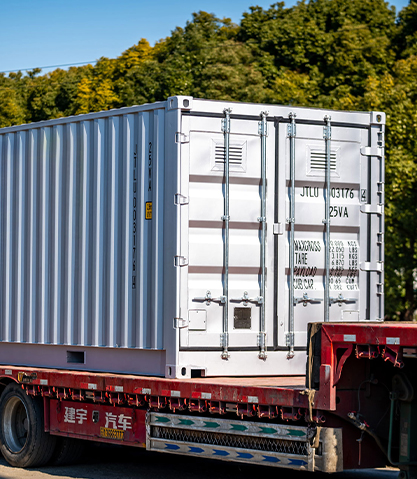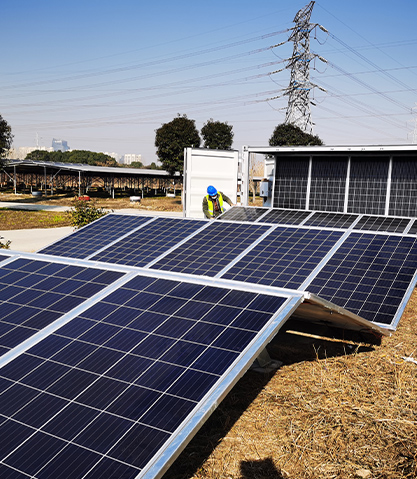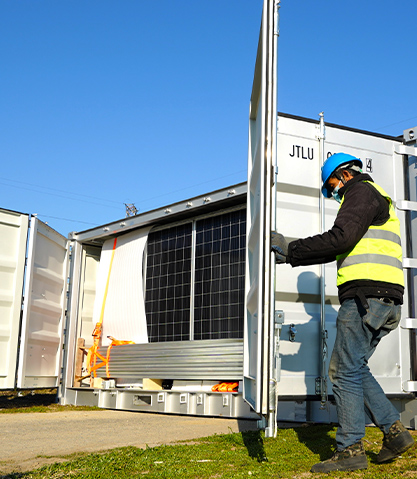The "foldable module system + container" model, with its advantages of portability, efficiency and environmental friendliness, has become a key tool for addressing the uneven distribution of energy and emergency needs, promoting the global energy transition.
Working Principle and Design Advantages of Foldable Solar Power Containers
The transportation of a single truck can convert free solar energy into electricity. Its shell is sturdy and durable, suitable for long-distance transportation and use in harsh environments. Its folding and expandable design enables flexible deployment and convenient storage. It only takes a few minutes to complete the deployment and the operation is also very simple. The accompanying intelligent management system monitors the operation status in real time during use, improving energy utilization efficiency.

Market Prospect: Global Energy Transition and Rising Demand
Nowadays, countries around the world have come to realize the significance of environmental protection. The shortage of oil resources and environmental pollution problems force us to seek more efficient and environmentally friendly energy alternatives. Folding photovoltaic panel containers can not only meet large-scale electricity demands but also be flexibly moved. The combination of the two is a powerful tool for achieving energy transformation.
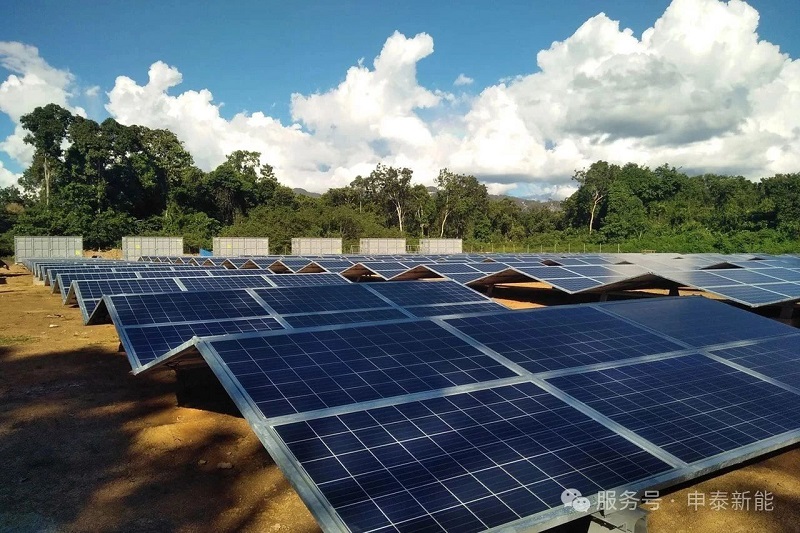
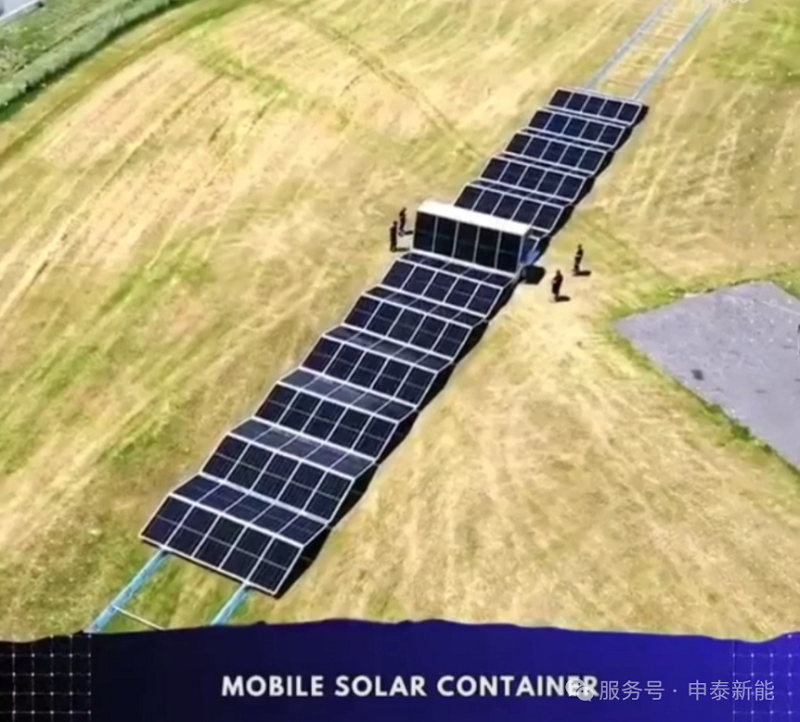
1. Carbon Neutrality Goals Driving Energy Structure Transformation
Over 130 countries worldwide have committed to carbon neutrality targets, pushing a shift in global energy structures. As a core form of low-carbon energy, solar power continues to experience rising demand. Foldable solar power containers integrate photovoltaic generation and energy storage into a mobile microgrid system, effectively addressing the limitations of traditional fixed solar installations in remote areas, emergency situations, and temporary power needs.
2. Surging Demand for Off-Grid and Mobile Energy Solutions
Power Supply in Remote Areas: Approximately 800 million people globally still lack access to stable electricity grids. Foldable solar containers can be rapidly deployed to provide independent power supply for schools, hospitals, and residential communities.
Emergency Relief: In the aftermath of natural disasters that disrupt grid infrastructure, these units can restore power within 48 hours, ensuring continued operation of critical facilities such as healthcare and communication systems.
Mobile Industrial Power: In sectors like mining and construction, where mobility and flexibility are essential, foldable solar containers can move with project progress, helping reduce long-term energy costs.
3. Cost Reduction Enhancing Cost-Effectiveness
Advancements in photovoltaic modules, inverters, and energy storage technologies have driven system costs down by 40% to 60% compared to traditional diesel generators. For example, the adoption of lithium iron phosphate (LFP) batteries has significantly extended the service life of storage systems, further lowering the overall cost of ownership.
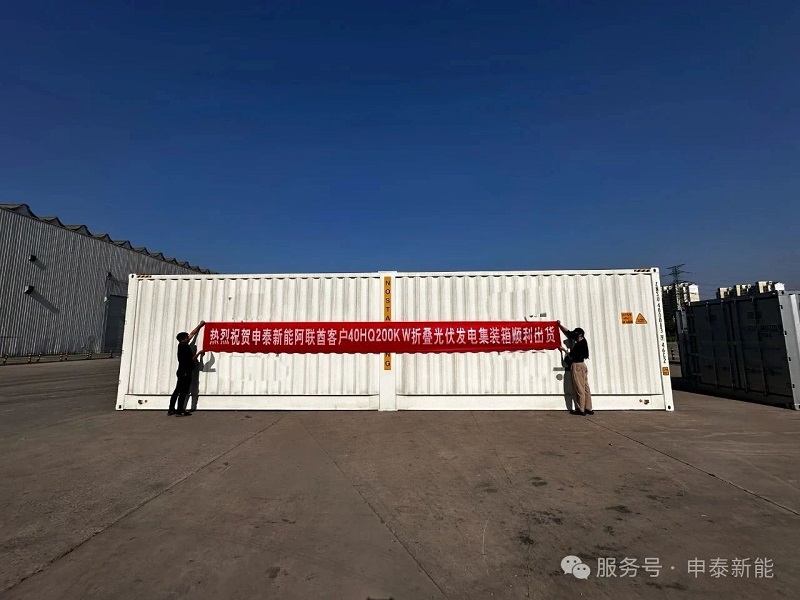
Application Scenarios: Diversified Expansion of Foldable Solar Power Containers
1. Power Supply in Remote Areas
In regions where grid access is limited or unavailable—such as islands, mountainous terrains, and vast grasslands—containerized solar solutions can be quickly installed to deliver continuous electricity to schools, hospitals, and residential communities.
Case Study – Africa and Southeast Asia: Foldable solar containers replace diesel generators, cutting fuel transport costs and reducing carbon emissions.
Case Study – Nomadic Communities in Mongolia: The system supplies stable electricity to herders, supporting daily needs like refrigeration and lighting.
2. Power Support for Temporary Facilities
For sites requiring rapid deployment of power—such as construction projects, outdoor event venues, and military bases—foldable solar containers serve as an ideal solution.
Case Study – Construction Sites: The system replaces temporary power grids, reducing installation costs by over 30%.
Case Study – Outdoor Events: At music festivals and sports events, the system powers stages and lighting, minimizing dependence on conventional grids.
Case Study – Military Bases: Provides long-term, reliable electricity for remote deployments while reducing risks associated with fuel supply logistics.
3. Emergency Response Operations
In the aftermath of natural disasters, timely and reliable temporary power is critical. Foldable solar power containers are well-suited for such scenarios.
Case Study – Earthquakes and Typhoons: The system can be rapidly deployed to support rescue operations, powering drones, medical devices, and communication systems.
Case Study – 2023 Türkiye Earthquake: Foldable solar containers supplied electricity to temporary hospitals, ensuring surgical procedures and vaccine storage could continue without interruption.
4. Mobile Living and Remote Work
Clean and accessible power from solar containers benefits RV travelers, oceangoing vessels, and even aviation ground support operations.
Industrial Project Support: In mining sites or large-scale construction zones, the system provides green energy to essential machinery and equipment, reducing reliance on fossil fuels.
5. Agricultural Applications
The system supports the electrification of irrigation systems and greenhouses, driving the modernization and sustainability of agriculture.
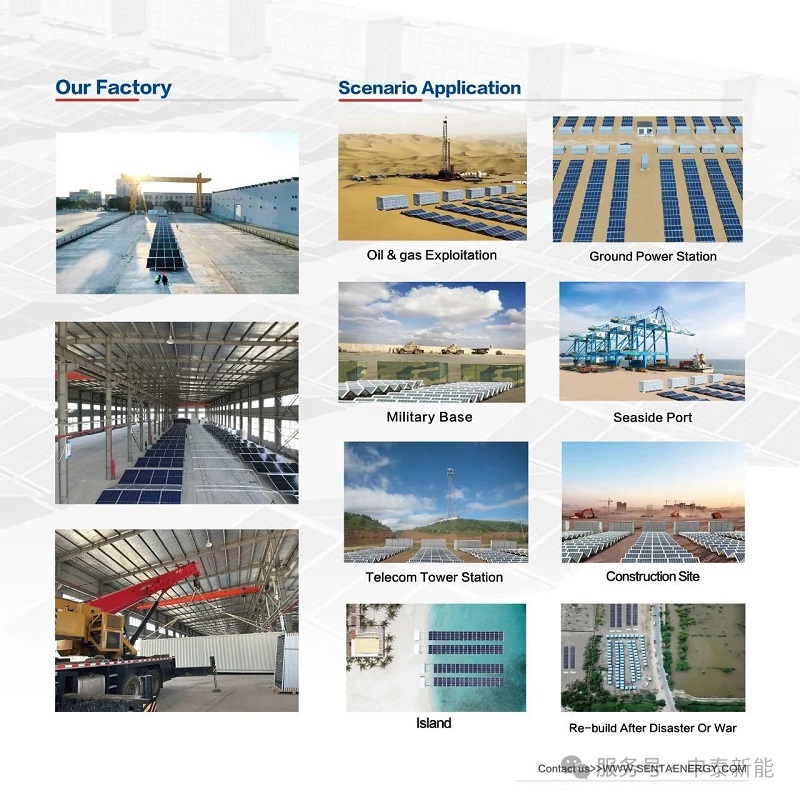
Conclusion
As we look back from the vantage point of 2025, foldable solar power containers have evolved from a technological concept into a pivotal vehicle in the global energy transformation. Their true value lies not in replacing traditional power stations, but in creatively addressing the imbalance in the temporal and spatial distribution of energy.
With the upcoming implementation of the Global Renewable Energy Corridor plan in July, these systems are set to play a crucial role in cross-border electricity trade. As the technological boundaries between photovoltaics, energy storage, and construction continue to dissolve, we may come to realize that the ultimate form of future energy systems is quietly unfolding within the creases of these steel containers.

 English
English 中文简体
中文简体 عربى
عربى
